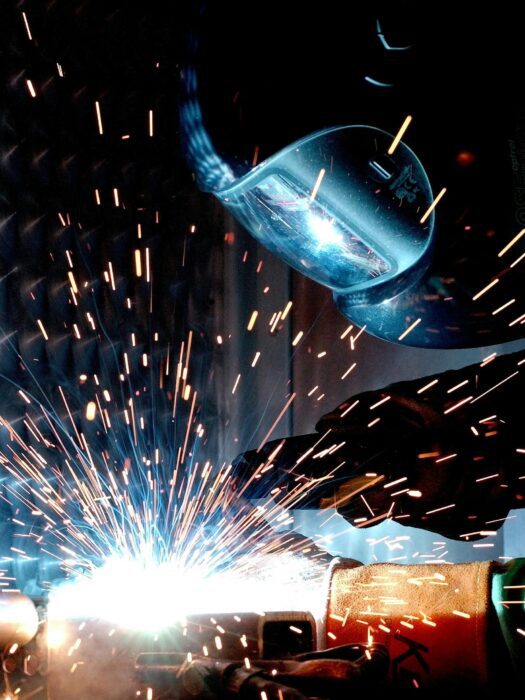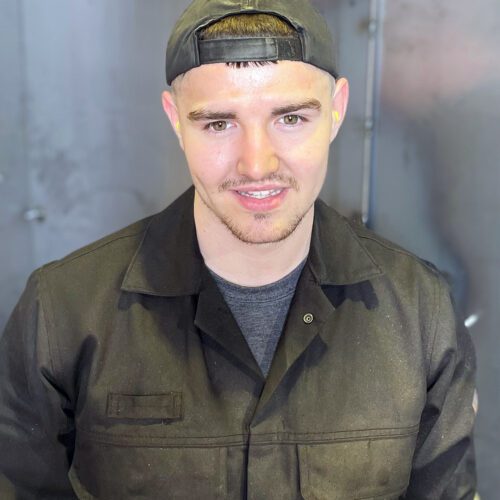Welders use high electrical energy to form an arc. This arc is used to melt metals and to fuse them together to form a structurally sound weld. Controlling the arc requires a lot of skill that is in high demand. There are opportunities to work all over the world and in different environments, including offshore windfarms and oil rigs.
Welding is a way to make high strength joints between two or more parts. It is used extensively in almost every industry, including automotive, marine, transport and construction, and results in components for cars, ships and rail vehicles, as well as simple metallic containers and steelwork for bridges and buildings.



